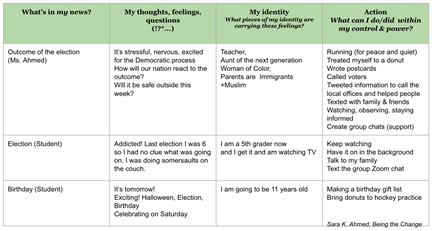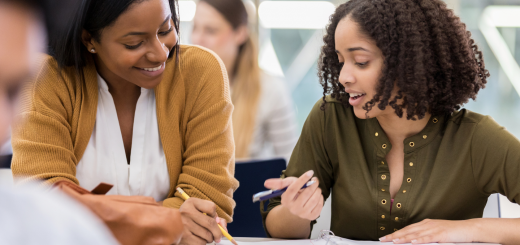Learning Disabilities: Definitions and More

According to the National Center for Learning Disabilities, one in five children in the U.S. has a learning disability. As of the 2019-2020 school year, 33% of students identified with a disability had a specific learning disability based on data from the National Center for Education Statistics. Learning disabilities are quite common and understanding the definitions, strategies, and other considerations is imperative because the likelihood of you teaching a student with a learning disability is quite high. Let’s dive into some specifics.
What is a learning disability?
“Learning disabilities are due to genetic and/or neurobiological factors that alter brain functioning in a manner which affects one or more cognitive processes related to learning. These processing problems can interfere with learning basic skills such as reading, writing and/or math. They can also interfere with higher level skills such as organization, time planning, abstract reasoning, long or short-term memory and attention.” –Learning Disabilities Association of America
What is dyslexia?
Dyslexia is a neurobiologically based learning disability often characterized by challenges with reading. Dyslexia can impact fluency, decoding, language, vocabulary, spelling, and more.
What is dysgraphia?
Dysgraphia also has a neurological basis, but this learning disability impacts written expression. It can interfere with all aspects of writing including fine motor skills, organization of writing, spelling, word spacing, legibility, and more.
What is dyscalculia?
Dyscalculia is a learning disability that impacts math. People with dysgraphia often struggle to comprehend, remember, and complete number-based activities.

Due to the common occurrence of learning disabilities in schools today, you will eventually teach a student with one of these disabilities if you haven’t already. Understanding these learning disabilities and the effective teaching strategies for each will help you teach and assist these learners as they reach their goals. For this reason, we’ve created a new course about the three most common learning disabilities: A Closer Look at Dyslexia, Dysgraphia, and Dyscalculia. We encourage you to register for this course filled with information, resources, and methods to assist as you teach students with learning disabilities.
For more information on the three disabilities covered in the course, download our helpful Guide to Learning Disabilities. Feel free to share this resource with others.



